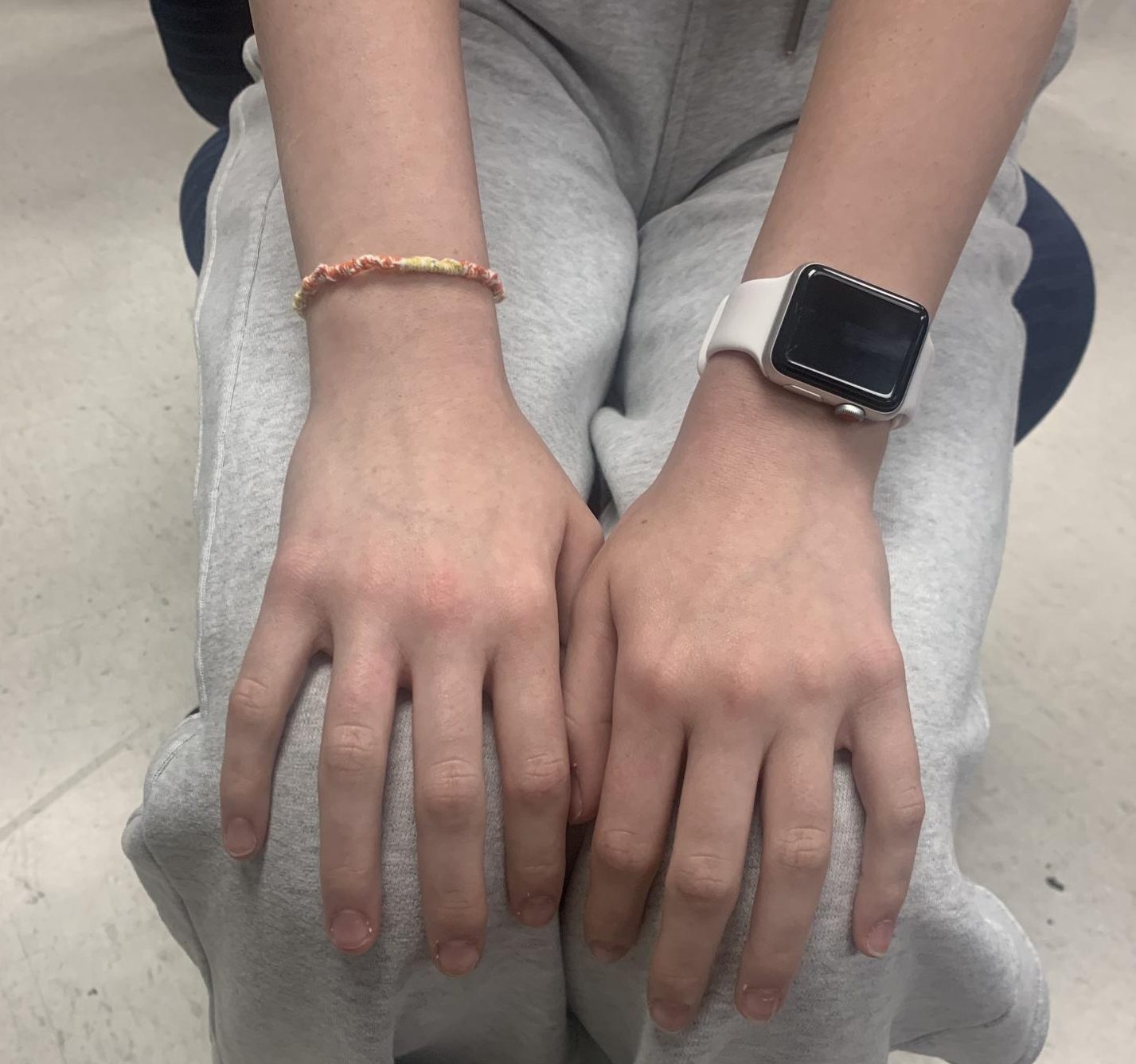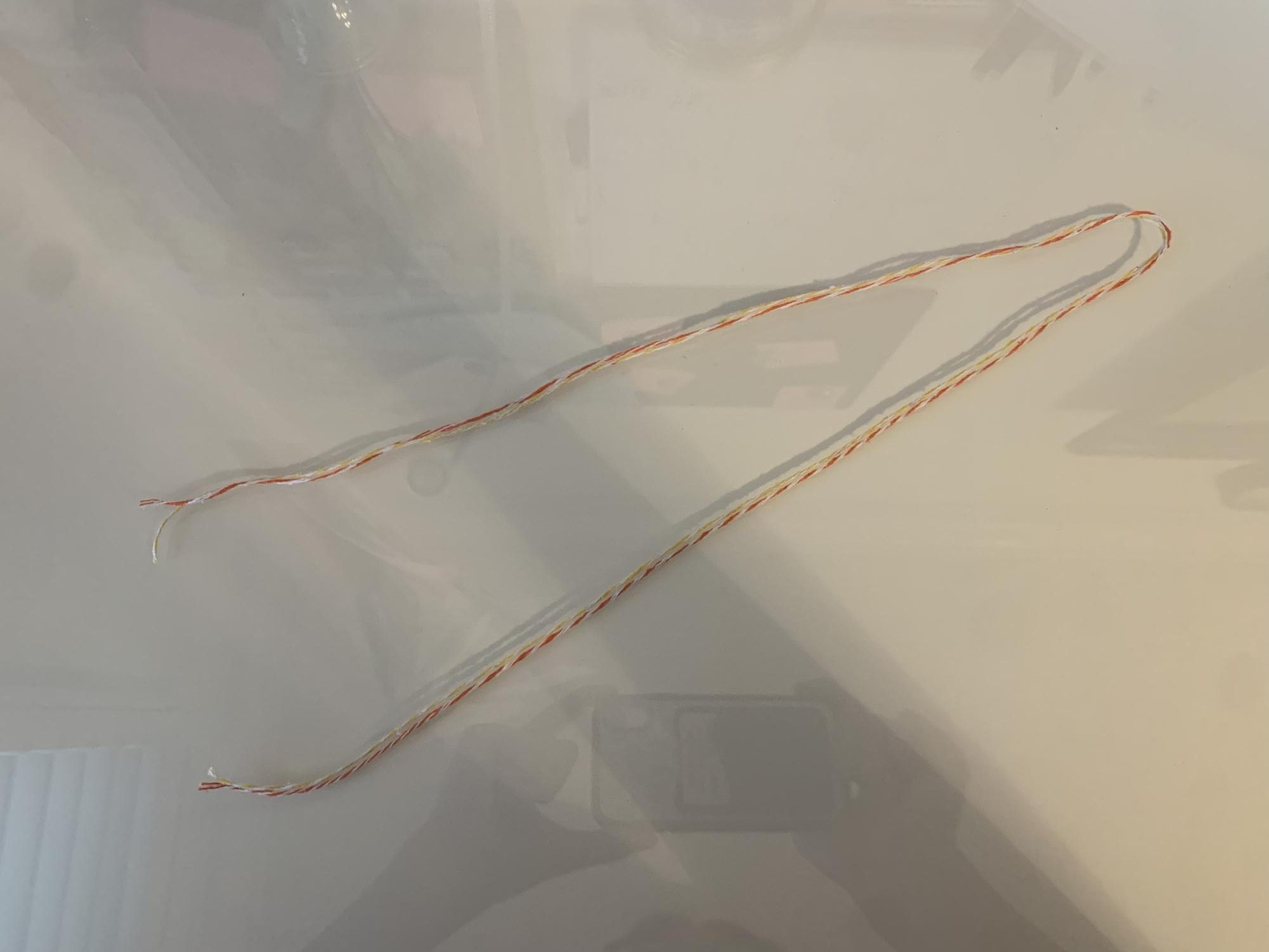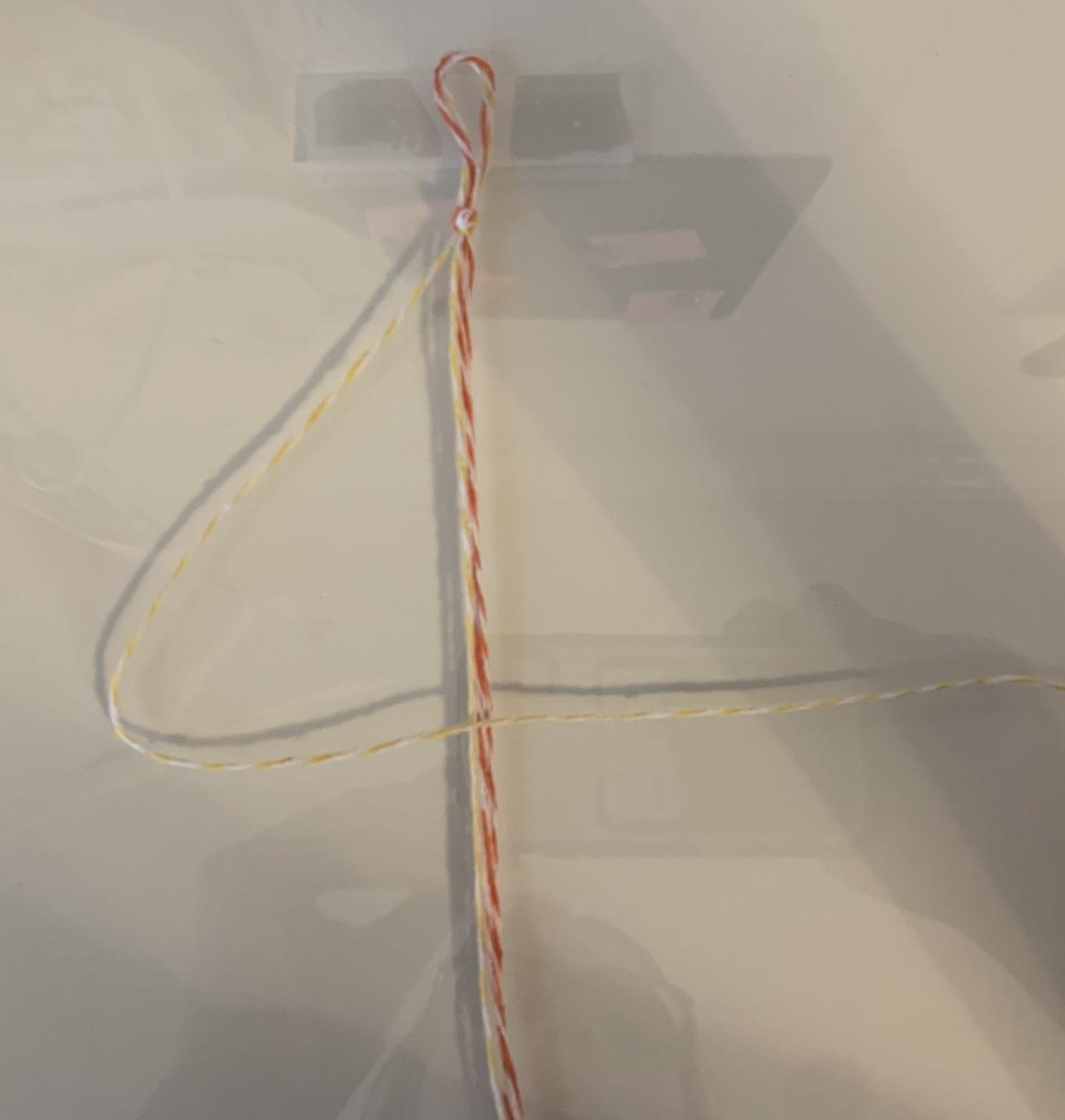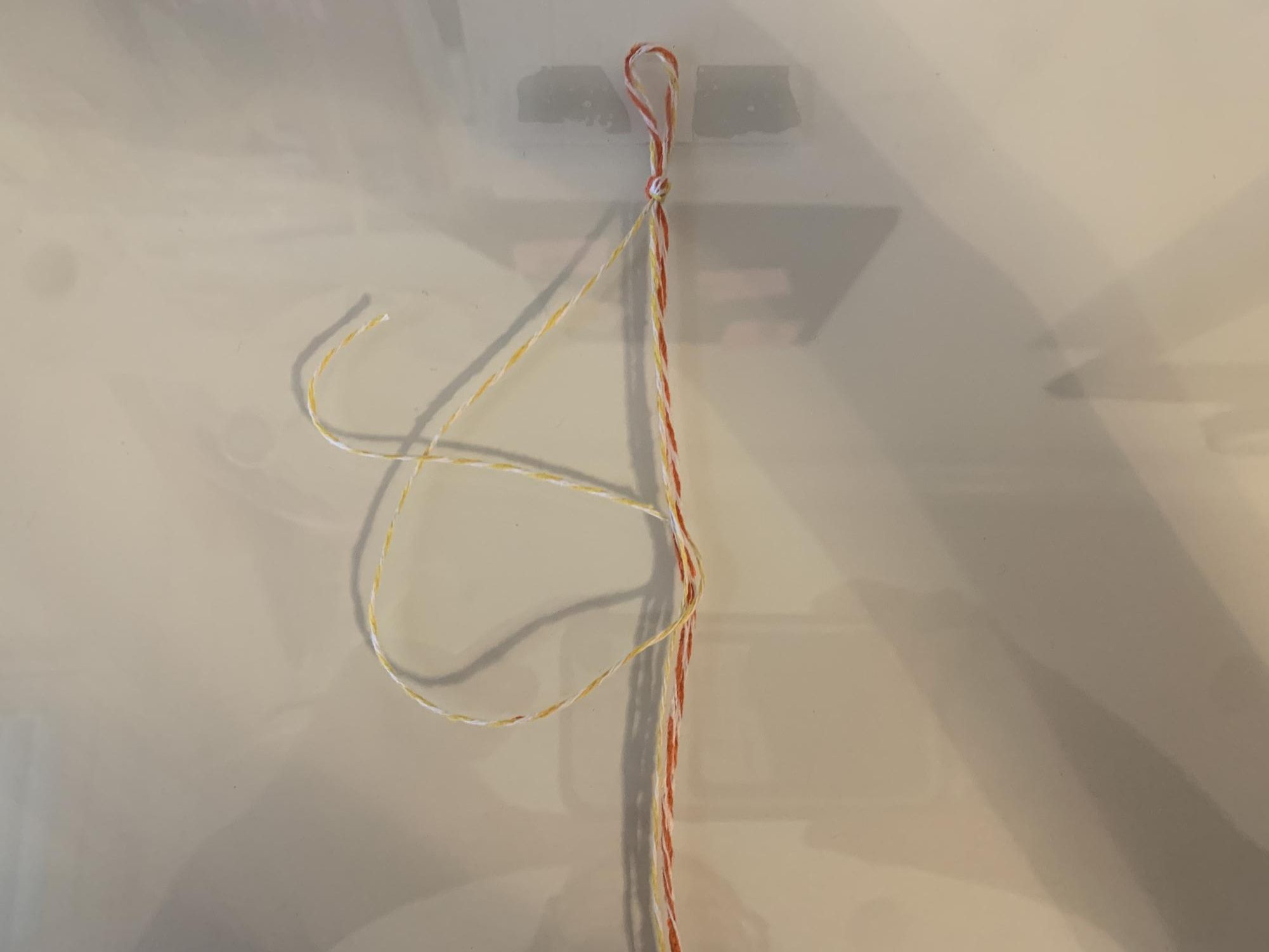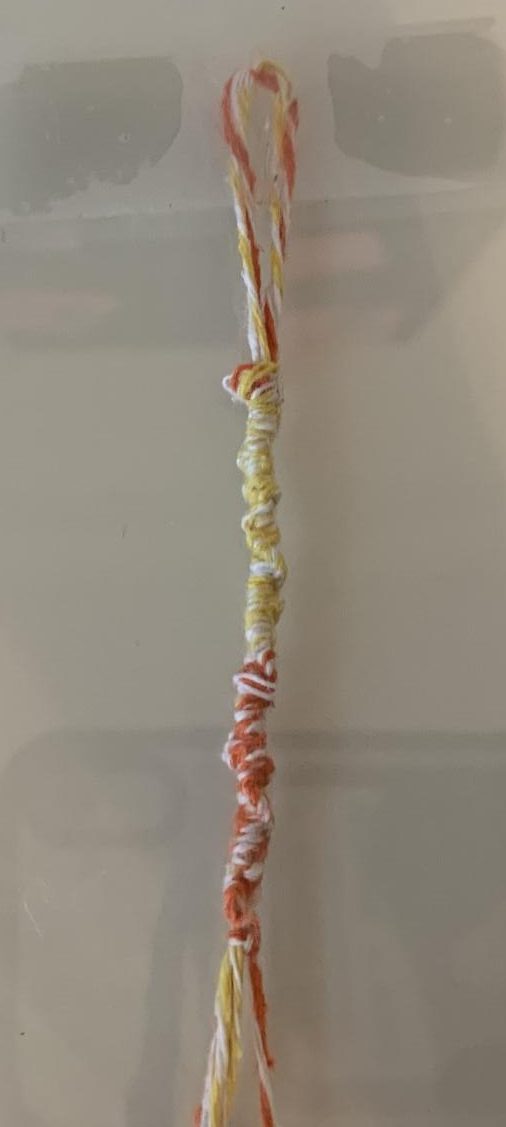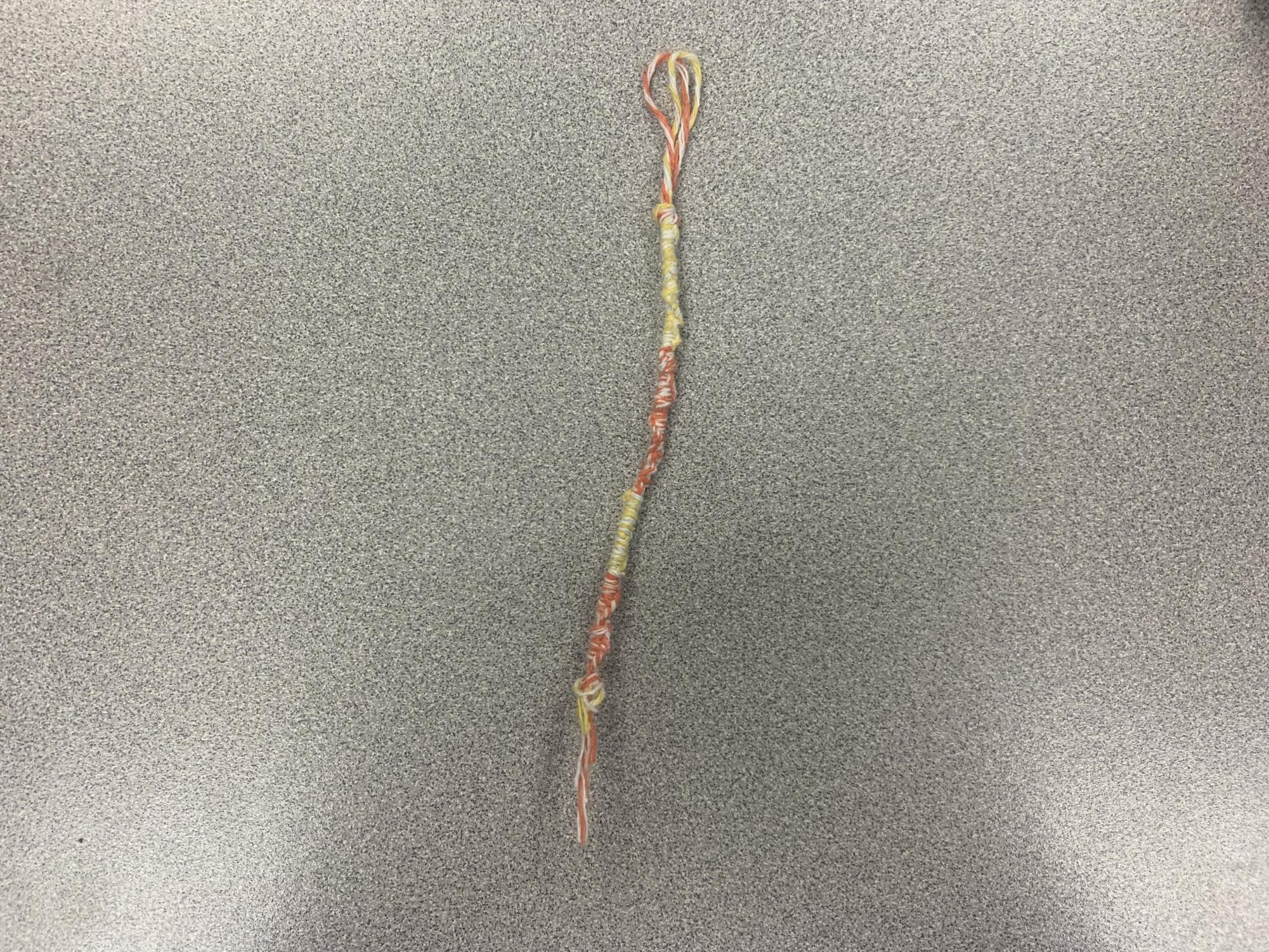Linguistics club officer explores language

Fluent in English and Chinese and currently learning Spanish and Haitian Creole, Ivy Wang, sophomore, sees languages as opportunities to bridge the gap between different people and cultures. Wang recently helped start the Linguistics Club at MHS for students to learn more about languages.
“Since the world that we live in right now is so globalized, it’s become more and more important to not be monolingual,” Wang said.
Before diving into the language, Wang recommends looking at the alphabet first. For example, English has a Latin-based alphabet. Languages that also have a Latin-based alphabet are likely easier to understand phonetically, Wang said.
The next step is to learn essential phrases, such as “What is your name?” or “Hello.” Wang prefers to expand her vocabulary and become more familiar with the language’s grammar.
“Write words down, learn how to make sentences, constantly review vocab over and over because a language is only going to come with memorization,” Wang said.
Mastering a new language also means mastering reading, listening, speaking and writing, but it does not require perfection.
“It’s going to be hard at first, but you don’t have to learn everything to achieve fluency,” Wang said.
Musician shares songwriting tips & tricks

Ava Smith, junior, started writing her songs after learning that some of her favorite artists wrote their own music. Now, she is always ready to write when inspiration strikes.
“I love finishing the songs and singing them to people and seeing their reactions.”
— Ava Smith
“My brain runs a mile a minute, so I’ll just be thinking of anything and everything at all times and I’ll just pop that into my Notes App and see what happens,” Smith said.
Smith also uses apps like Pinterest and Instagram to find inspiration. She said creating mood boards can help a person think of feelings or ideas that may get the process going.
Then, Smith looks through her notes while playing the guitar or piano to start writing. This order can be switched; sometimes, Smith said she prefers to start with a melody and then add words.
“I try to find a specific time period for at least half an hour where I have nothing going on and I just sit in my own thoughts and just write whatever comes to mind,” Smith said.
As ideas come and go, she records sections in Voice Memos until the song is complete. Then, she shares her work with others.
“I love finishing the songs and singing them to people and seeing their reactions,” Smith said.
Junior teaches at-home manicures
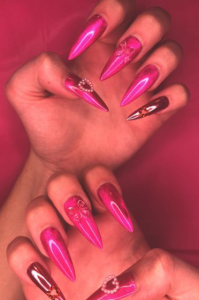
Lucas Tourinho, junior, still remembers the first set of nails he ever did: a nude base with bubbles and wavy French tips.
“After that, I wanted to do everything gel,” Tourinho said.
Three years later, he now has more than 200 gel colors and specializes in nail art.
Follow Tourinho’s steps below to do an at-home manicure using gel polish.
- Pick out a style and design. Consider length, shape, shine, color and type of design. For example, Tourinho prefers to use GelX tips and adds art and charms to his nails.
- Push back or trim the cuticles of each nail with a cuticle-trimming tool.
- For designs with longer nails, use nail glue to secure tips or press-on nails to your natural nails. Apply the tip or press-on in line with the finger, not the nail, to prevent it from looking crooked.
- Paint a thin coat of a clear base coat and then place each hand under a UV or LED lamp for 60 seconds. This is called curing. Curing hardens the polish, and the use of UV or LED light depends on what the bottle of polish says to use, Tourinho said. Tourinho prefers the brand Beetles for gel polish and his lamp.
- Apply 2-3 coats of the main gel color and cure for 60 to 90 seconds after each layer. More pigmented colors will need closer to 90 seconds to cure.
- To create nail art, use fine brushes to paint gel polish designs onto the nails. Cure under the lamp for 60 to 90 seconds.
- Seal with a top clear coat and cure under the lamp for 60 seconds.
- Optional: Apply cuticle oil to each nail to keep the cuticles hydrated.
One set should last anywhere from 2-4 weeks, Tourinho said.



